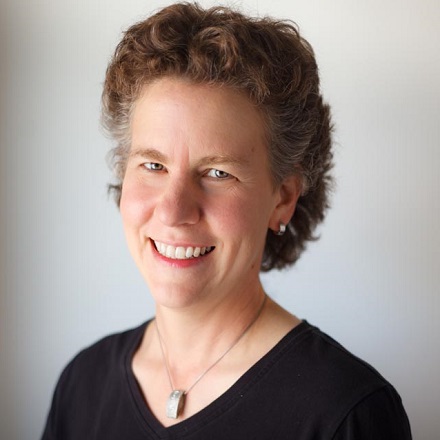
In the News
LA Times: Newsom Signs Bills Making California First State With Extreme Heat Warning System
-
Issues
Wildfires & Extreme Heat -
Programs
Achieving Resilient Communities (ARC)

“As much of the West continued to swelter in a record-breaking heat wave, Gov. Gavin Newsom on Friday signed a package of legislation aimed at protecting Californians from extreme heat, including establishing a statewide warning system by 2025 and conducting a study on the effects of sizzling temperatures on workers.
Although the National Weather Service issues heat advisories to warn Americans about precautions that should be taken when temperatures spike, California’s warning system will be the first of its kind in the nation, modeled after similar alerts issued for wildfires and hurricanes. Under Assembly Bill 2238, the California Environmental Protection Agency will create a system to rank heat events, including severity and health dangers, to help local governments take action to protect the vulnerable.
“This week’s unprecedented heat wave is a painful reminder of the costs and impacts of climate change — and it won’t be the last,” Newsom said in a statement Friday. “California is taking aggressive action to combat the climate crisis and build resilience in our most vulnerable communities, including a comprehensive strategy to protect Californians from extreme heat. With lives and livelihoods on the line, we cannot afford to delay.”
The actions come amid the most severe and widespread heat wave to hit California this year. Searing temperatures along the coast and midsection triggered warnings of rolling blackouts as the state’s electrical grid struggled to keep up with surging demand. The extreme heat also intensified a series of fast-moving wildfires, including an explosive blaze near Hemet that forced the evacuation of more than 20,000 people and caused at least two deaths.
Newsom declared a state of emergency to increase energy supplies and avoid rolling blackouts — power outages that would have threatened the well-being of Californians unable to avoid the extreme heat.
On Friday, Newsom also signed Assembly Bill 1643, which creates an advisory committee on the effects of extreme heat on California’s workers, businesses and economy, and Assembly Bill 2420, which requires state health officials to provide recommendations to protect pregnant workers outdoors and to assess the effects of extreme heat on perinatal health.
Under Senate Bill 852, which the governor also signed, cities and counties will be able to create “climate resilience districts” with taxing authority, to address heat waves, drought, wildfire and the impacts of climate change.
Extreme heat is one of the deadliest consequences of climate change, experts say, and heat waves are increasing in frequency.
Gina Solomon, director of the Achieving Resilient Communities project at the Public Health Institute, said the current heat wave is a clear example of the necessity of policies that address the effects of extreme temperatures. She said there’s “a lot more that can and needs to be done” to address heat going forward.

It’s what we’re going to see in the future — longer and stronger heat waves — and not just in the traditional summer months, but in the spring and fall,” she said. “We need to adapt to that, and some of those changes will have to be made through legislation and regulation.Dr. Gina Solomon
Former director of PHI’s Achieving Resilient Communities (ARC) and PHI’s Science for Toxic Exposure Prevention
Originally published by Los Angeles Times
More Updates
Work With Us
You change the world. We do the rest. Explore fiscal sponsorship at PHI.
Support Us
Together, we can accelerate our response to public health’s most critical issues.
Find Employment
Begin your career at the Public Health Institute.



